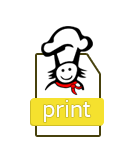Spring has sprung: magnolias, cherry blossoms, forsythia, OH MY! Get outside for some fresh air and explore the plants in your neighbourhood. Remember to bring your parents, of course.
Have you noticed that plants are glowing bright green with new growth, some already flowering, and some just tiny seed leaves in the ground? As you know, at Project CHEF we are all about good food. Sometimes when we are at the grocery store, choosing produce shipped from Peru and maybe covered in plastic, those bright spring leaves seem completely disconnected from the food we eat. But the challenge is to look again.
In your neighbourhood, when you stop to look, you might discover food is everywhere, even sometimes growing in sidewalk cracks and alleyways. Even if we don’t eat it, it might be medicine or food for other creatures, like bees. It’s important to learn more about where your food comes from and that means making a relationship with the plants you love eating, even when you can only see the leaves.
What’s growing in early April in Vancouver?
 CHIVES
CHIVES
We can’t wait for the purple pom pom flowers that will be coming soon. Can you find any other herbs in the garden boxes you pass?
 DANDELION
DANDELION
Is this a weed or is it food? Actually, we can eat the leaves. This plant is bitter medicine, so good for the body in spring. This so-called weed is one of the first spring flowers for honey bees. Can you find other plants you know will feed the bees when they flower?
ACTIVITY INSTRUCTIONS
 Record your findings and the following questions in your Food Journal.
Record your findings and the following questions in your Food Journal.
OPTION #1 What’s this? What’s that?
MATERIALS NEEDED
- Camera
- Plant ID app is optional
INSTRUCTIONS
Using my phone to take pictures and using the ‘Picture This’ app to help us identify plants, we let curiosity lead us. We were not looking for certain plants but asking questions like “I wonder if we can identify trees by just the bark?” The app helped us with more information to identify the plant right on the spot but you can also go home and dig a bit deeper. There were some plants that we could not identify without more information than what we had in the picture, like what the bloom looked like or how tall it got. Plants can look very similar until you learn to look for some key characteristics. In one case, we weren’t sure if we were looking at comfrey or foxglove? The leaf shapes are almost identical and both have leaves that are fuzzy but the new growth on foxglove is different in structure. Dig around a bit to confirm what plant this is. Did you get it right?
RECORD YOUR FINDINGS
- Question 1: What did you discover?
- Question 2: What did you notice about the plants when looking closely that you might not have noticed otherwise?
- Question 3: Are there any plants you can’t identify? Plants can look very similar until you learn to look for some key characteristics. Dig around a bit to confirm what plant this is.
- Question 4: What information do you need to identify a plant?
OPTION #2 Plant Scavenger Hunt
MATERIALS NEEDED
- Paper
- Pencil
- Coloured Pencils
- Clipboard (we used a clothespin to clip our paper to a book.)
INSTRUCTIONS
Divide a piece of paper into 6 equal parts and draw lines or boxes for 6 spaces. Then label the spaces with plants you think you can find and identify. As you find the plant, draw what you see. These were quick sketches but you can also take your time and draw precisely, this is a scientific record after all.
Alternatively, pick a leaf sample from different herbs and weeds, then use colored pencils to make a leaf rubbing. Tip:one layer of plant material that has been flattened works best, so flowers with many petals or stems with many needles are tricky. Always ask an adult if it’s ok to pick. Hold the paper down tight over the flattened leaf and use the side of a sharp coloured pencil to make the rubbing. The best part was seeing how the veins looked in different leaves, something we would not have seen so clearly without this method.
RECORD YOUR FINDINGS
- Question 1: What did you discover?
- Question 2: What did you notice about the plants when looking closely that you might not have noticed otherwise?
- Question 3: Are there any plants you can’t identify? Plants can look very similar until you learn to look for some key characteristics. Dig around a bit to confirm what plant this is.
- Question 4: What information do you need to identify a plant?
What can YOU discover in your neighbourhood?
Curriculum Connections

Science

English Language Arts

Physical and Health Education














